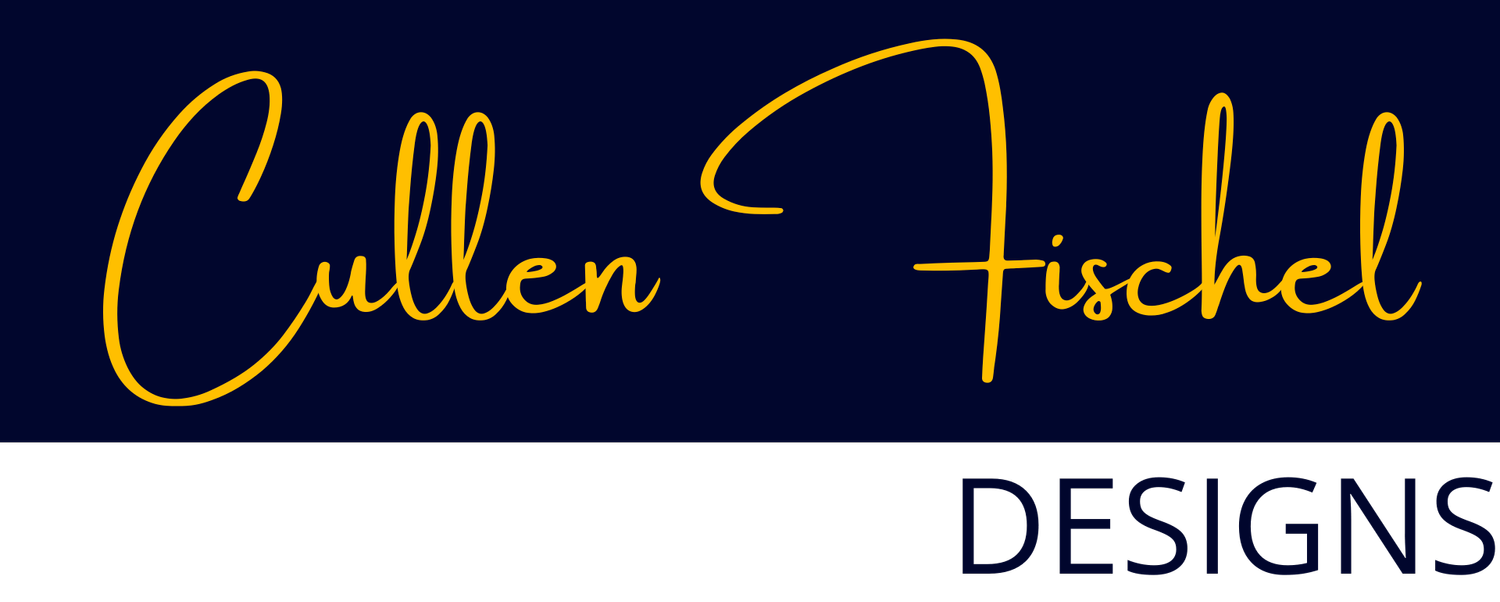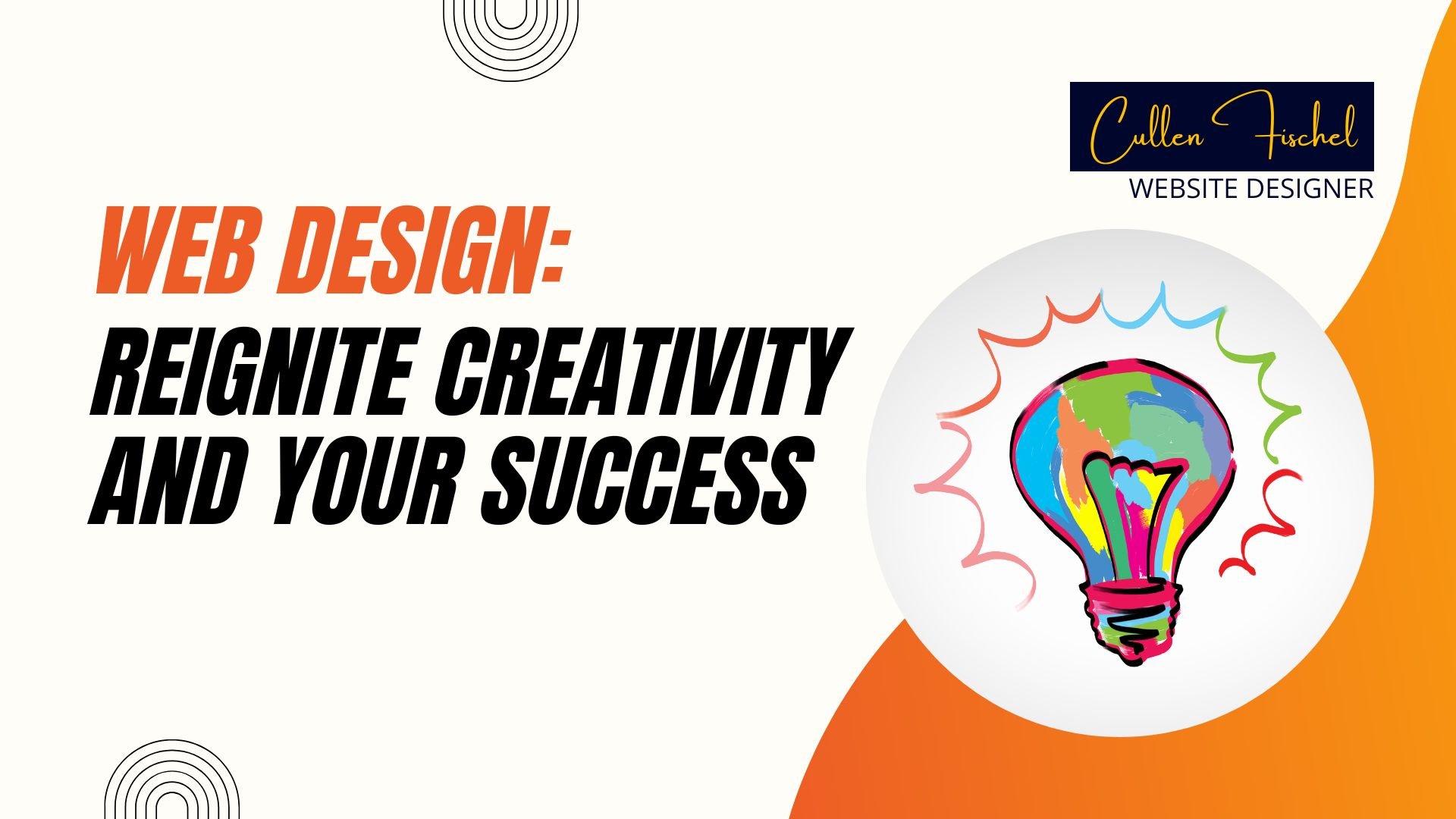Strategic Ways to Reignite Your Creativity for Lasting Success
Strategic Ways to Reignite Your Creativity for Lasting Success
Feeling creatively drained? Reignite your spark and achieve lasting success with seven strategic habits. Learn to build a daily creative muscle, overcome burnout, and transform your environment. Start reclaiming your innovative edge today with simple, actionable techniques.
Chelsea Lamb | JUNE 24, 2025 | 5 min. read
5 minute read
By Chelsea Lamb, for Cullen Fischel, website designer
It’s easy to feel like your creative spark flickers out when you need it most. Whether you’re juggling deadlines, stuck in routines, or just burned out, you’re not alone. Creativity isn’t a luxury — it’s a survival skill in today’s world. Reclaiming it doesn’t always mean a dramatic career shift or retreat to a mountain cabin. Sometimes, it’s about small, deliberate changes that make space for new ideas to breathe. Here are seven tightly focused ways to rebuild your creative flow and watch it ripple into every part of your life.
Start With a Morning Ritual
You don’t need a three-hour pre-dawn ceremony to spark creative energy. A short, intentional morning ritual can reroute your brain out of autopilot and into idea mode. Whether it's five minutes of freewriting, mindless sketching, or just sitting in silence, the key is consistency. Give your brain a known entry point into unfamiliar thinking. Many creatives build momentum by locking in their first moment of the day. Try a creative morning routine ritual that gently pushes you out of sleep-mode and into movement, observation, and play.
Recover From Burnout With Space
If your creativity feels frozen, you’re likely not lazy — you’re fried. The modern brain is bombarded with pings, tabs, and to-dos that block quiet insight. But recovery doesn’t just mean “take a break” — it means reintroducing emptiness. Schedule space without expectation, and don’t fill it when it arrives. Creativity needs margin. Relearning how to rest may begin with intentional pauses, such as engaging in mindfulness and unplugging reset routines that aren’t performative, but restorative.
Explore Structured Learning
Creativity doesn’t mean chaos — structure can be a catalyst, not a cage. Formal study exposes you to frameworks, peer perspectives, and constraints that challenge lazy habits. Enrolling in a business program, for example, might seem counterintuitive to creativity. But strategic thinking, cross-functional collaboration, and leadership fluency open new creative fields. If you’ve plateaued in your self-guided efforts, maybe it’s time to explore your options in structured environments that combine discipline with imaginative expansion.
Build a Daily Creative Muscle
Waiting to feel inspired is a losing game. Instead, show up to practice. Daily rituals like journaling or short form improvisation create a safe lab for ideas to unfold, unjudged. It’s not about what you make — it’s about proving you can make something. Set a timer, lower the stakes, and repeat until it feels normal. Commit to creative journaling daily exercises that train your brain to experiment without attachment to the outcome.
Walk and Talk It Out
Sometimes, sitting and thinking harder just makes the wall thicker. Get moving. Walking — especially in nature or in loosely structured environments — has been shown to enhance divergent thinking. Add a partner and you’ve got “walkstorming,” a proven blend of movement and idea flow. Conversations change when bodies are in motion and eyes aren’t locked across a desk. Use walkstorming to boost ideas and find rhythm in dialogue that isn’t forced.
Shift the Atmosphere
Your space is talking to your mind — constantly. A cluttered desk, a droning hum, even a browser layout can cue fatigue or focus. It’s not about aesthetic perfection; it’s about environmental input. Alter your surroundings to disrupt expectations and invite surprise. Sometimes, the trick isn’t more stimulation — it’s less. Try introducing intentional silence or deliberate boredom for insight as a creative input, not a failure of productivity.
Make Creativity a Habit, Not a Mood
Creativity isn't a lightning bolt — it’s a faucet. The more you turn it on, the less it squeaks. Cultivate rituals that treat idea-generation as a behavior, not a mystery. Habits build self-trust, and self-trust fuels creative risk-taking. Try stacking creativity onto existing routines: doodle after brushing your teeth, voice memo during your commute, color-code your inbox. Over time, you’ll cultivate creative confidence habits that feel less like effort and more like breathing.
You don’t have to reinvent your identity to become creative again. You just need to trust your own friction. Boredom, burnout, silence, or even irritation — these are invitations, not obstacles. Creativity isn’t about feeling brilliant all the time. It’s about building systems that let you feel something long enough to translate it into motion. Begin anywhere. But begin.
Unlock the potential of your firm with Cullen Fischel, website designer and experience stress-free marketing growth tailored to your unique needs. Schedule your free strategy call today and start attracting more ideal clients!




